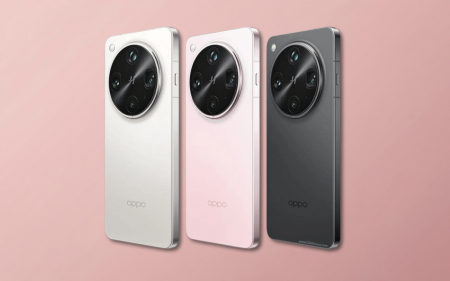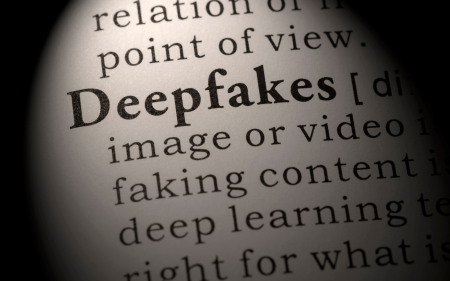Nokia, back in the early days (which is around 2000 to 2003, for the real youngsters out there), was the acknowledged cellphone master. If you had a Nokia handset, you were kitted. They were functional, stylish (yeah, we know — people used to wear bell-bottoms too, once upon a time) and nigh indestructible. We’re willing to bet there are more than a few working Nokia stalwarts out there today.
This trip down memory lane has a point, obviously. Nokia, they of old glory and tough hardware, are in line to make the world’s… wait, the moon’s first LTE network. NASA, as part of its Tipping Point initiative, has given the company some $14.1 million. Tipping Point, in case it’s not immediately obvious, is part of NASA’s preparations for an eventual, sustainable, moon base by the end of this decade.
Nokia on wood, it all goes well
NASA’s James Reuter, speaking to United Press International, said: “With NASA funding, Nokia will look at how terrestrial technology could be modified for the lunar environment to support reliable, high-rate communications.” Basically, astronauts will (hopefully) communicate with bases by way of cellular networks.
Nokia’s not alone in securing funding — the usual suspects, like Lockheed Martin, SpaceX and several others, also got a chunk of the latest round of NASA’s Artemis funding. Funding which is intended to help “… [build] up an array of mission-ready capabilities to support a sustainable presence on the Moon and future human missions to Mars.” Most of the funding is going towards improving cryogenic fluid storage — which doesn’t mean we’re going to be freezing astronauts.
Rather, “Future missions could use frozen water located at the Moon’s poles to make propellant by separating the hydrogen and oxygen. The ability to store these super-cold liquids, whether they are launched from Earth or produced in space, for an extended period and transfer propellant from one tank to another, is crucial for establishing sustainable operations on the Moon and enabling human missions to Mars.”




